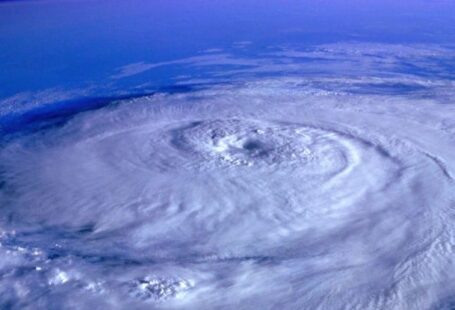Have you ever found yourself lost in a new city, struggling to navigate the winding streets and confusing landmarks? Or perhaps you’ve experienced the frustration of trying to assemble a piece of furniture without a clear understanding of spatial relationships? In both scenarios, having strong cartography skills could significantly enhance your spatial awareness and help you tackle such challenges with ease. Cartography, the art and science of mapmaking, not only plays a crucial role in understanding the physical layout of the world but also has the potential to improve our ability to perceive and interpret spatial information in various contexts.
Enhancing Spatial Awareness Through Map Reading
One of the most direct ways in which cartography skills can enhance spatial awareness is through map reading. When you engage with a map, whether it’s a traditional paper map or a digital representation, you are required to decipher symbols, scales, and spatial relationships to make sense of the information presented. This process not only sharpens your ability to interpret spatial data but also improves your mental mapping skills – the ability to create a mental representation of physical space based on external cues.
By regularly reading and interpreting maps, you can train your brain to better understand distances, directions, and proportions, leading to a heightened sense of spatial awareness. This can be particularly beneficial in everyday situations such as navigating unfamiliar places, planning travel routes, or visualizing complex spatial configurations.
Spatial Problem-Solving and Critical Thinking
Beyond its practical applications in navigation, cartography also fosters spatial problem-solving skills and critical thinking. When creating maps, cartographers must consider various factors such as scale, projection, and symbology to effectively communicate spatial information. This process requires them to think critically about how different elements interact and influence the overall readability and accuracy of the map.
By developing an understanding of these cartographic principles, individuals can apply similar analytical thinking to real-world spatial challenges. Whether it’s organizing a room layout, optimizing traffic flow in a city, or interpreting data visualizations, the ability to think spatially and critically assess spatial relationships can lead to more effective problem-solving outcomes.
Visualizing Three-Dimensional Space
Another key aspect of cartography that can improve spatial awareness is the visualization of three-dimensional space in two-dimensional representations. Maps often depict complex three-dimensional landscapes, structures, or phenomena in a flat, two-dimensional format. To accurately convey this spatial information, cartographers use techniques such as contour lines, shading, and perspective to create a sense of depth and dimensionality.
By studying and creating three-dimensional maps, individuals can enhance their ability to mentally visualize and manipulate spatial relationships in three-dimensional space. This skill can be particularly valuable in fields such as architecture, engineering, and urban planning, where the ability to conceptualize and communicate spatial designs is essential.
The Intersection of Technology and Spatial Awareness
In today’s digital age, the role of cartography in improving spatial awareness has been further amplified by advances in technology. Geographic Information Systems (GIS), satellite imagery, and interactive mapping tools have revolutionized the way we interact with spatial data and navigate the world around us.
By leveraging these technological tools, individuals can not only access a wealth of spatial information at their fingertips but also develop new ways of visualizing and analyzing spatial data. From tracking fitness goals with GPS-enabled devices to exploring virtual representations of historical landmarks, technology has opened up a world of possibilities for enhancing spatial awareness through cartography.
Cultivating a Spatially Savvy Mindset
In conclusion, the cultivation of cartography skills can have a profound impact on improving spatial awareness and enhancing our ability to navigate, problem-solve, and visualize the world around us. By honing our map reading abilities, developing spatial problem-solving skills, and embracing new technological advancements, we can foster a spatially savvy mindset that empowers us to tackle spatial challenges with confidence and creativity. So, next time you unfold a map or explore a digital atlas, remember that you’re not just navigating the physical world – you’re also expanding your spatial horizons.





